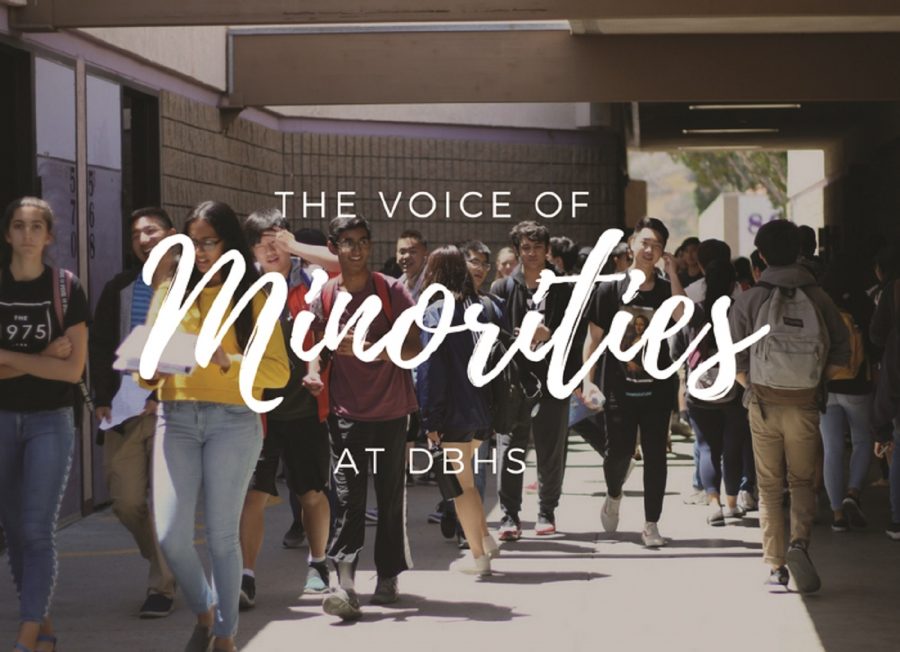From the Eyes of the Few
April 26, 2018
From the Eyes of the Few
By: Noor Naji, Pauline Woodley, Ted Yarmoski
Diamond Bar High School junior Trenity Hughes walked into a class ready to complete the day’s work. To the side, she noticed a small group of students discussing something inaudible. But when Hughes approached to join the discussion, she was met with opposition and a common refrain: “You wouldn’t understand, you’re not Asian.”
The phrase may not have been uttered to Hughes, a mixed race student, if it wasn’t for Diamond Bar High School’s unique student makeup. While DBHS has a “minority” enrollment of 89 percent, there is a clear Asian majority, making up 66 percent of the student population, according to U.S. News and World report in 2015. Other races compose a much smaller population; three percent of students are black, 10 percent are white and 19 percent are Hispanic.
WHAT A BRAHMA LOOKS LIKE
On the surface, DBHS is a fairly accepting community, and though the racial makeup of students lacks diversity, many students feel that being a minority on campus does not affect their lives.
“Being a minority hasn’t affected me in the slightest. I’m just another person, another human being,” senior Pablo Martinez said, and he is not alone.
“At other areas, I feel like I would be at a disadvantage, but here, I get treated equally,” junior Darius Cramer said.
However, when taking a closer look at the underlying feelings and issues, another side of DBHS—one of discrimination and biases—can be seen.
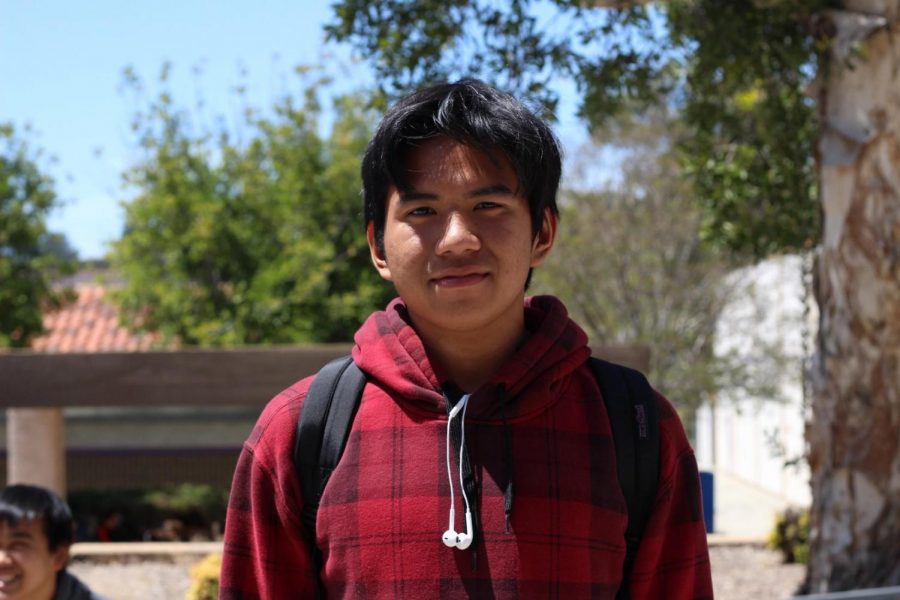
“I don’t feel any difference at all. It’s only a big deal if you make it a big deal.”
-Cyrus Eppie, Junior
With a studious environment due to what is seen as simply “Asian culture,” many non-Asians on campus feel as if they are pressured to take AP classes but also are underestimated in comparison with their Asian peers.
“Being a Mexican American, there are more expectations for me to perform better,” senior Julian Galarza said. He also claims that GLCs and teachers alike push the minorities at DBHS to take AP classes to “prove the stereotypes wrong” and “bring more representation to the AP classes.”
Many students constantly feel that they are held to stereotypes of academic limitations by other students.
“I don’t think [the Asians on campus] are racist; they just live in this environment. They see that more Asian people are in AP classes, less Mexicans are in AP classes, you put two and two together: Mexicans are not as smart as Asians…The general idea is that we [Mexicans] can’t perform as well, especially in areas like math and science,” Galarza said.
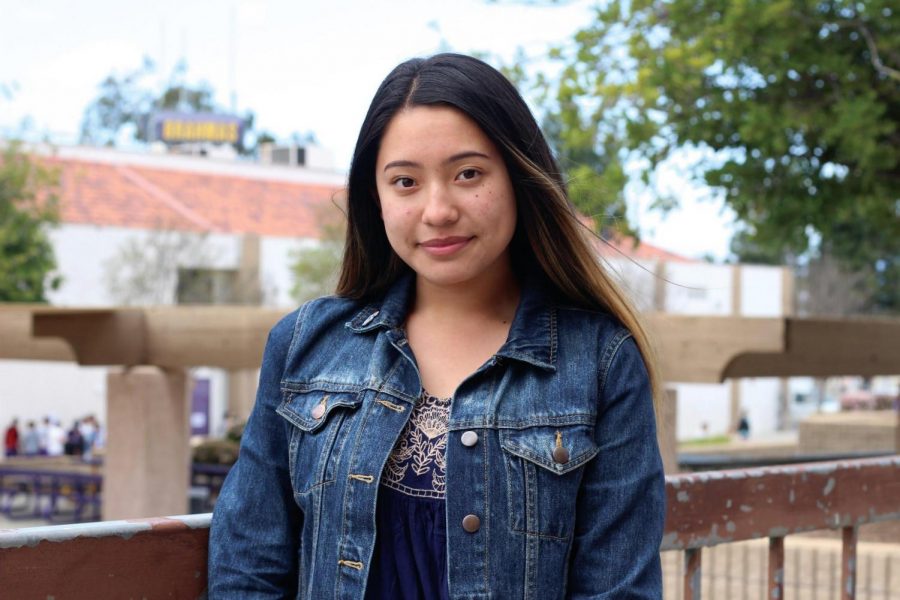
“I don’t think I’d be more comfortable at a school where I’m the majority. It would be a totally different environment, it’s the total opposite of a school like Diamond Bar High School. I’m used to this.”
-Andrea Moran, Senior
Agreeing with Galarza, Cramer, an African American, said that it seems as if teachers are underestimating the minorities and holding them to lower standards, not expecting them to be the top students in rigorous classes.
Senior Shalah Hamza believes that as a half Mexican-American and half Afghani-American, teachers, at times, treat her differently.
When Hamza needed more clarification on an assignment, “a teacher said that ‘for somebody like you, I know this would be a little harder to understand,’” Hamza said, where she picked up on a prejudicial tone.
Chemistry teacher Jose Marquez also frequently observes common prejudices against students in his science classes.
“I’ve heard Asian students in an AP class act surprised that someone who is not Asian does as well as they do in a class, so I think there’s a level of ignorance on both ends,” Marquez said.
He also recognizes the effect that the judgements have on not only minority students, but both sides.
“Sometimes it’s unfair that people think Asians are so smart; it puts an undue pressure on kids to struggle,” Marquez said. “And then you have students of color think that ‘I’m nowhere near as smart as these kids, because I’m not them.’”
In addition to the academic disparities between races at DBHS, there are also social variations in the way students interact with people of different cultural backgrounds. For some, race is not a determining factor in who they surround themselves with.
“I think that if there are social disadvantages, that I don’t recognize them because I’ve been in this setting for so long. If people are excluding me based upon my race, I am not realizing it,” senior Marisa Umeh said. Umeh, like many students at DBHS, has close friends with a variety of backgrounds.
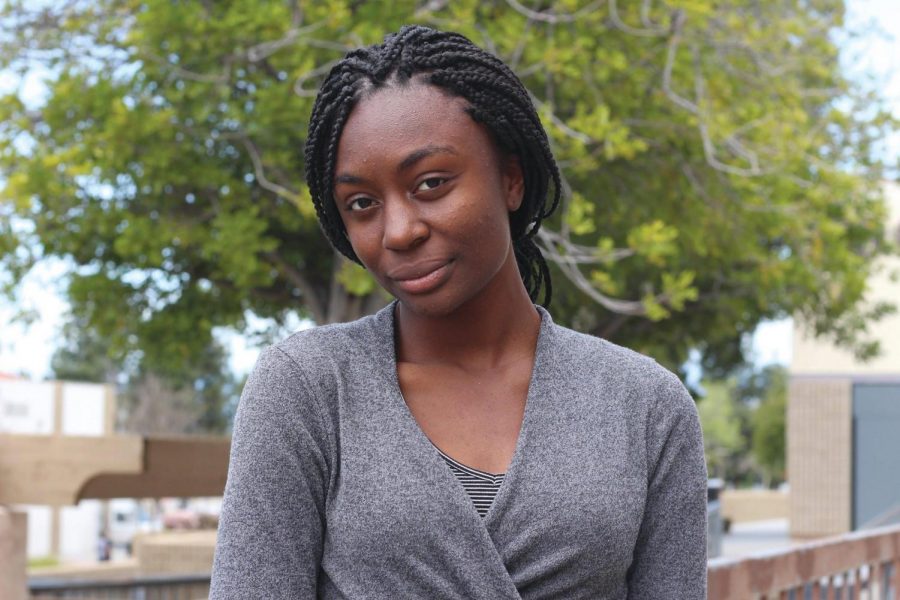
“I think as an African-American girl, you are definitely more conscience of things. In terms of speech, I think I’m more aware of what I’m saying around certain groups.”
-Marisa Umeh, Senior
This is not true of everyone’s social experience. Some, such as senior Ethan Holmes and Shalah Hamza, recognize the formation of exclusive social groups that only admit certain ethnicities and cultures.
“There are some Asian cliques that are extremely exclusionary in the sense that they don’t talk to anyone thats not Asian,” Holmes said. “When people speak another language around you just so you can’t understand. That could go with any culture, but in Diamond Bar it’s especially prevalent.”
Hamza notices that Asian groups tend to be “cliquey” and selective with whom they associate with.
“A lot of the time, you’ll see a bunch of Asian kids sitting together, they’re very exclusive,” Hamza said. “I feel like if you’re not Asian, they’re going to be like ‘you’re lower than me’ or they’re going to put a barrier.”
Senior Saadia Naqvi spoke about the similar social obstacles she faces being Pakistani-American.
“I get that you’re comfortable with your own people, but at the same time, it’s like there’s this barrier that you can’t get across no matter what,” Naqvi said of the campus majority’s tendency to flock to one another in social situations.
“Friends accept you faster if you’re the same race as them,” junior Hailie Nash said, summing up the prevailing trend among students.
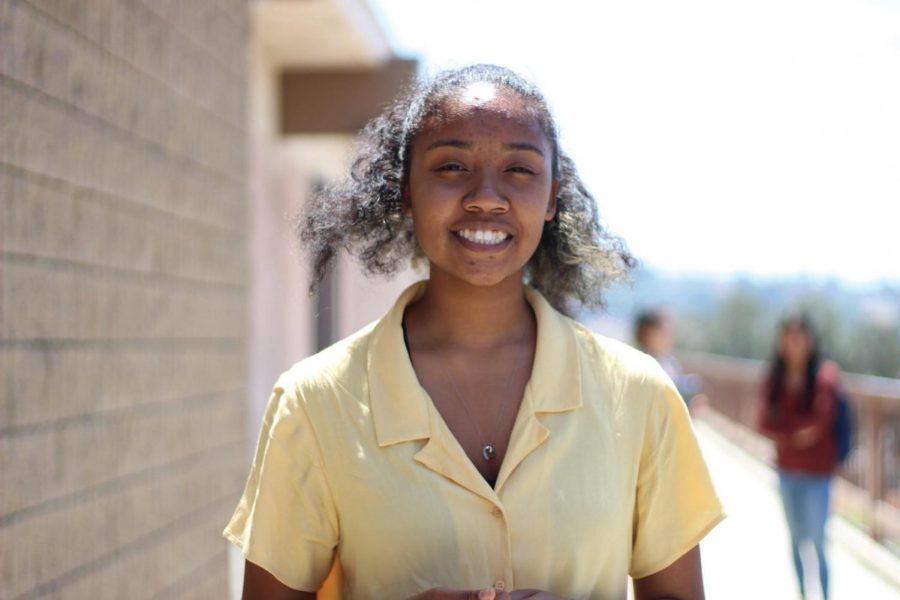
“All of the AP classes I’ve been in have been respectable. We make jokes sometimes, but we understand that we all had to work hard to get here.”
-Hailie Nash, Junior
Another issue on campus is the the “n-word.” Although they may not voice their opinion to those who say the word, students are discontent with its frequent use.
“People use the ‘everyone says it’ excuse when saying the n-word, but that word has a lot of meaning to us. We don’t like it. Don’t say it. There are people around us who have a history with that word and you’re being immature,” Nash said with Cramer chiming in.
“I know not to say other racial slurs to those races because I have respect for them, it should be the same for us,” Cramer said. “They know what they’re doing, they should know right from wrong.”

“I try not to let that word affect me because I know I’m not that word. I know that I’m better than that.”
-Darius Cramer, Junior
According to DBHS Principal Reuben Jones, administration is doing all they can to ensure that every student feels safe and receives fair opportunities.
“Grade Level Coordinators, instructional deans and administrative staff, we’re doing all we can to encourage students to take as many rigorous courses as they can,” Jones said.
Over the past year, DBHS has done its best to spread cultural awareness through activities such as Cultural Week, where members of different student unions served food, performed and educated crowds on the challenges they face.
“Everyday there’s a big challenge, but ultimately it’s a heart issue. We can have programs and policies in place, but individual people have to make individual choices of how they’re going to treat one another.”

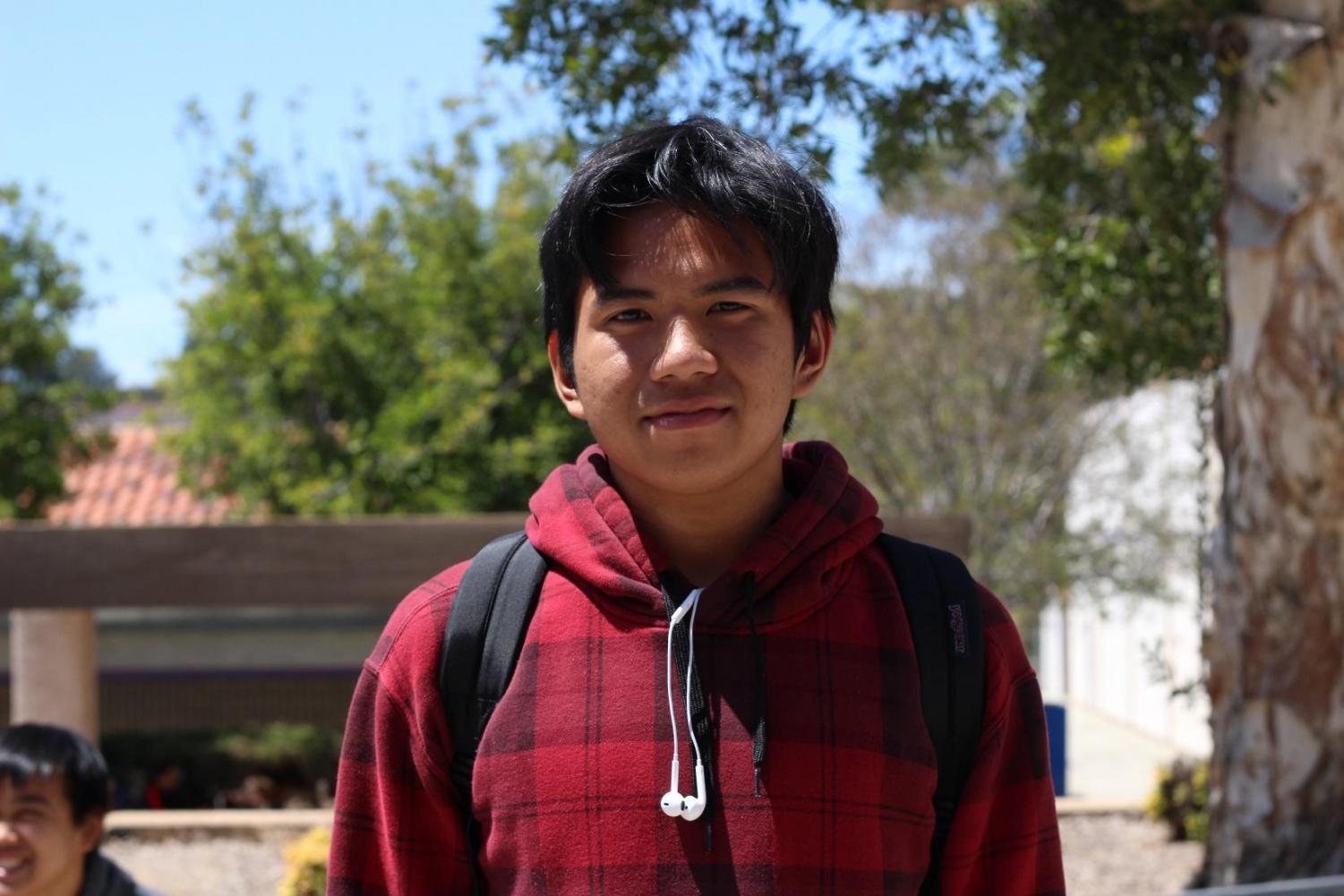
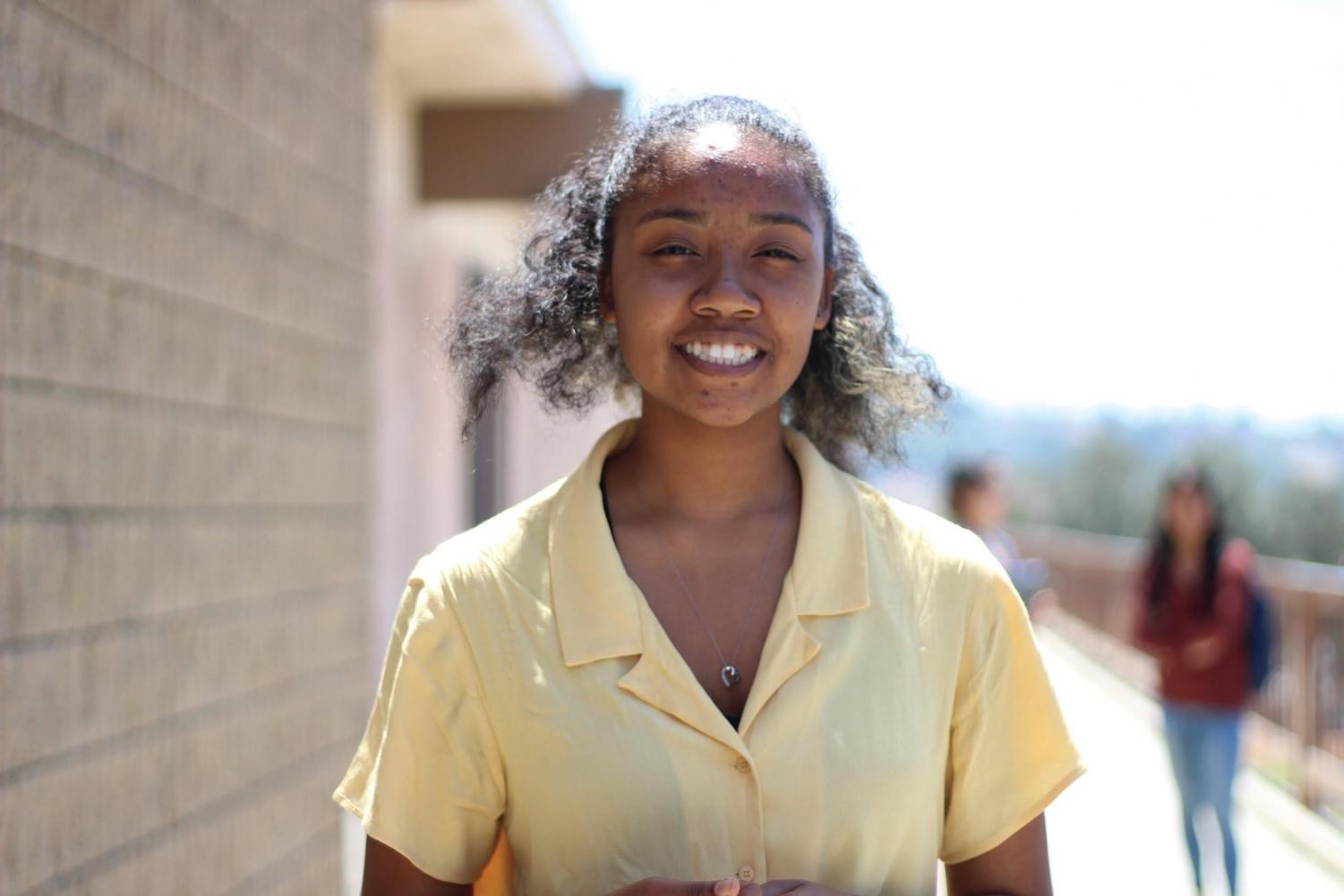


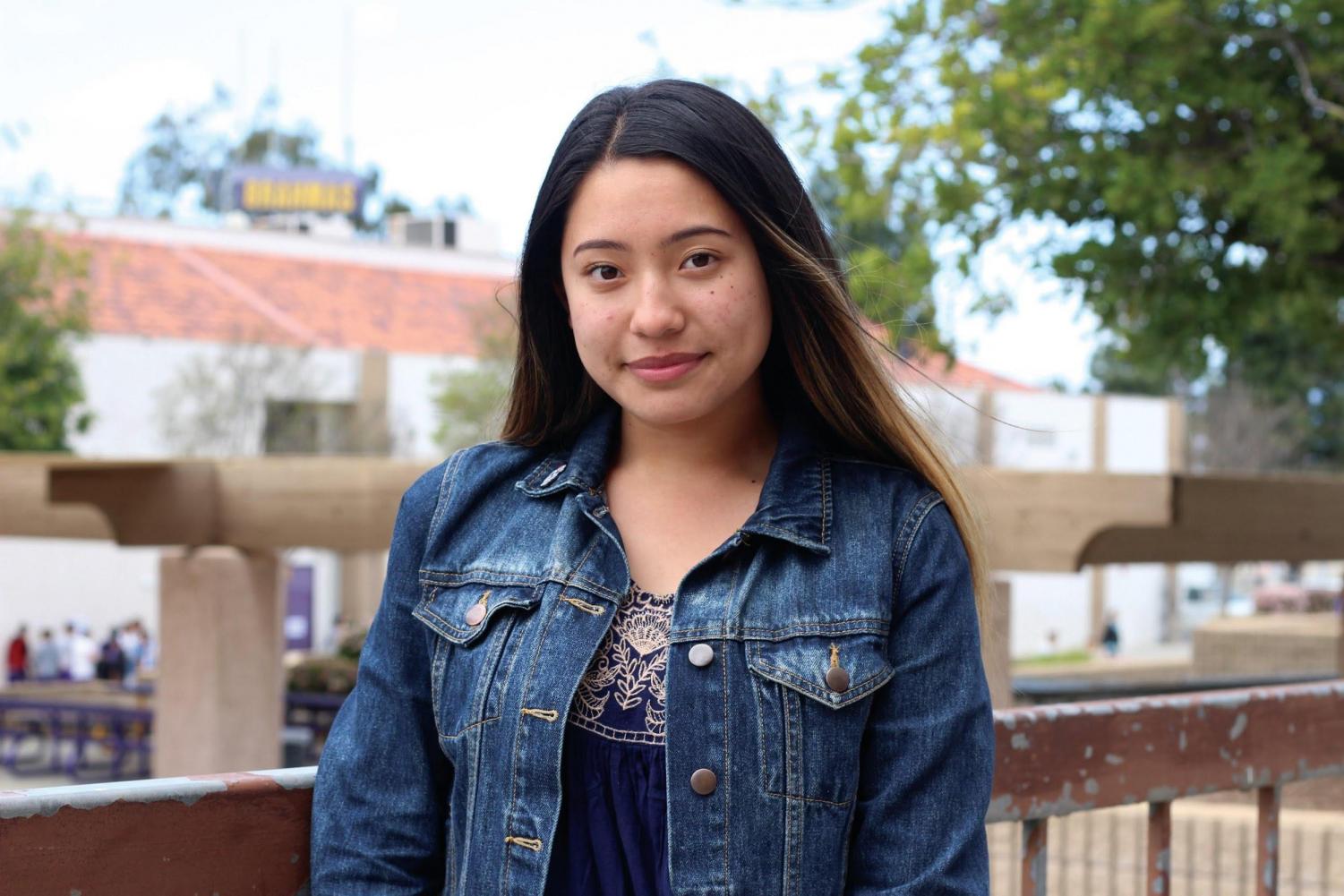
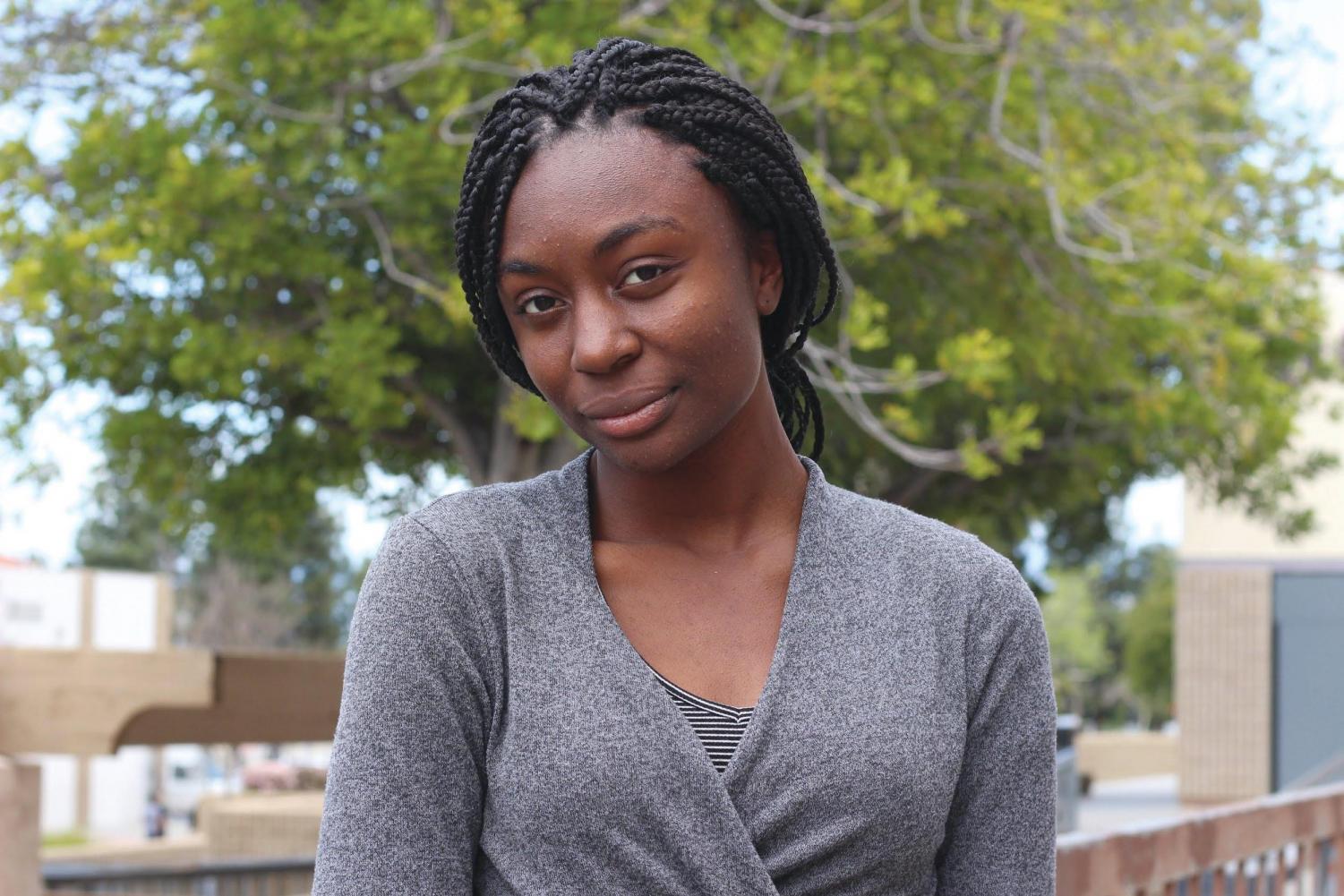

Your donation will support the student journalists of Diamond Bar High School. Your contribution will allow us to purchase equipment and cover our annual website hosting costs.



